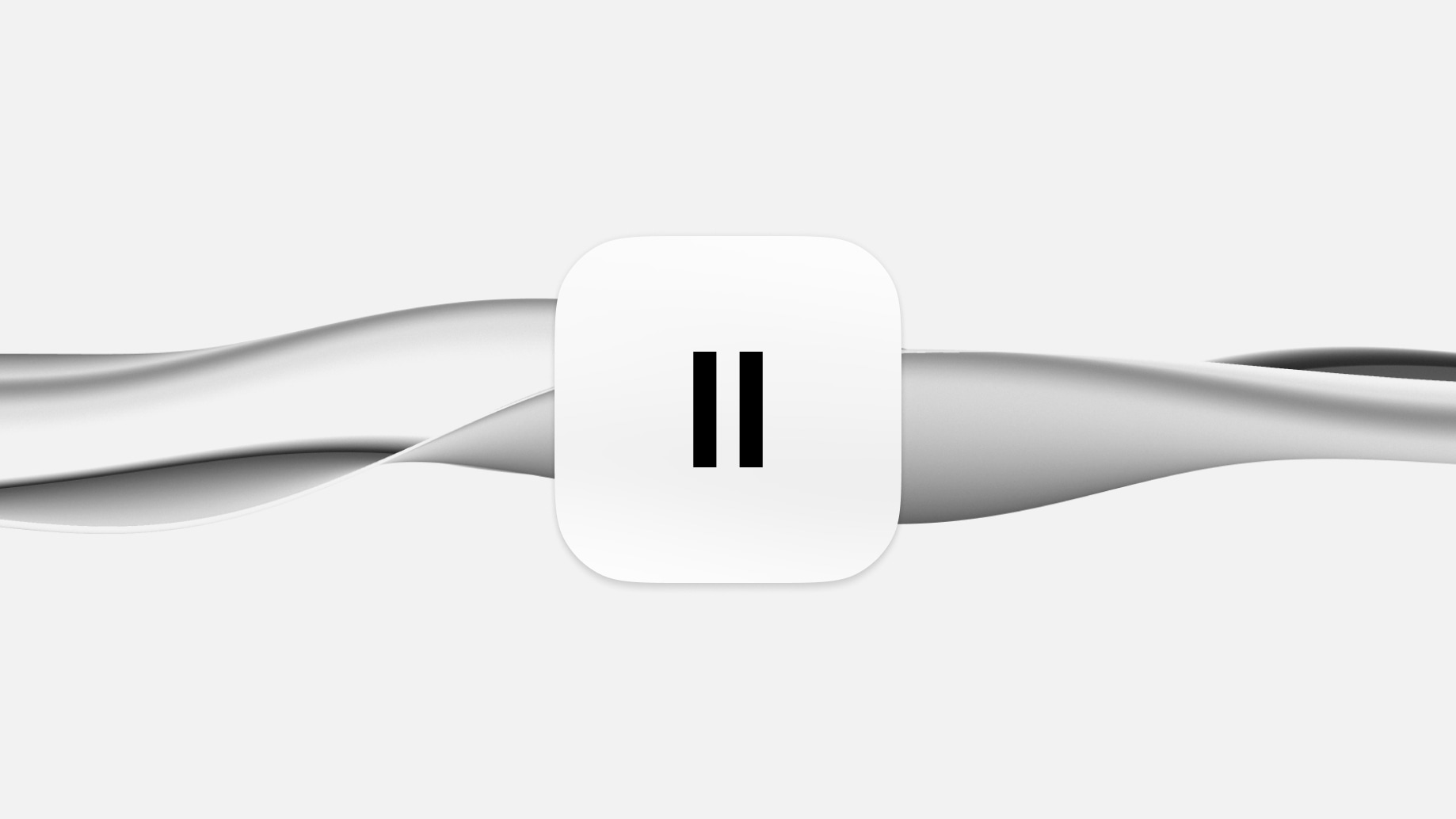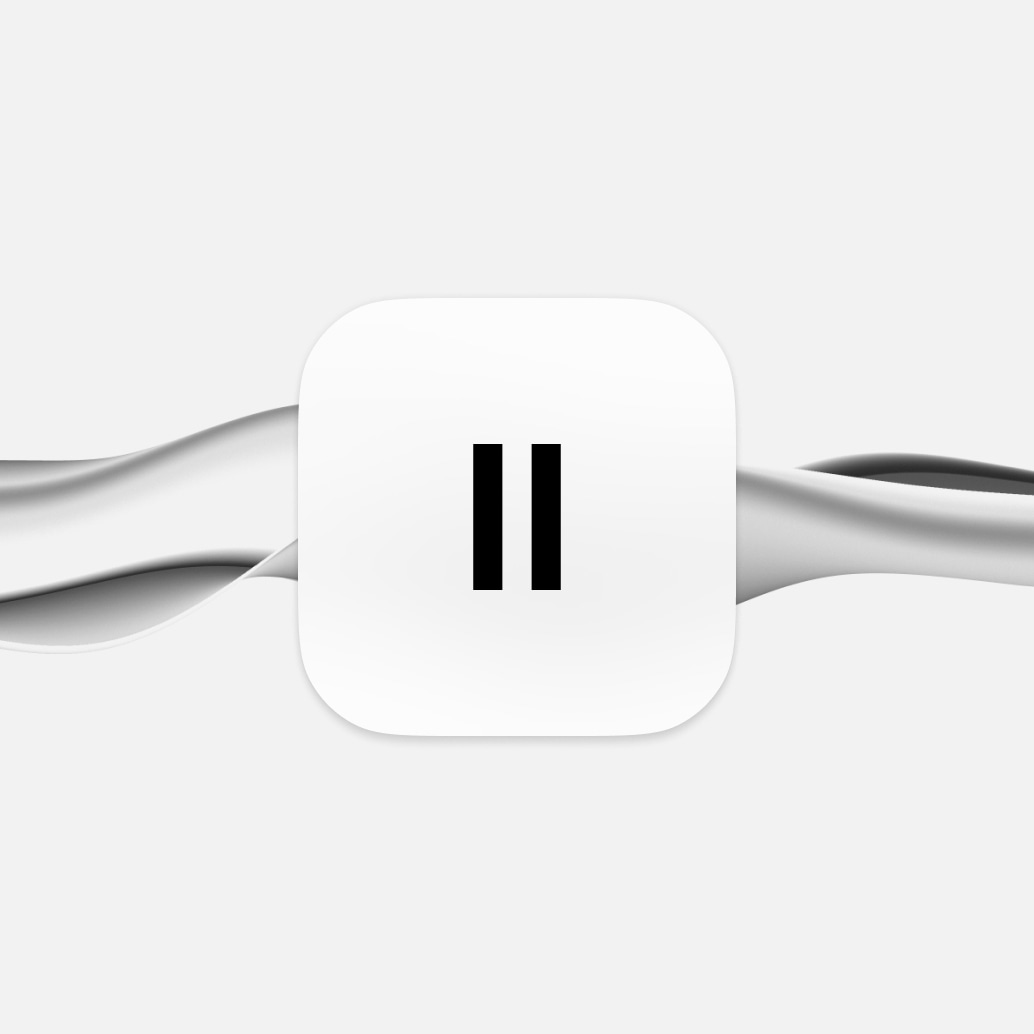
Text to Speech vs Speech to Text: Jaka jest różnica?
Dowiedz się wszystkiego o różnicach między technologią text to speech a speech to text.
Wyobraź sobie: jedziesz do pracy, a twój smartfon czyta na głos nieprzeczytane maile za pomocą zamiana tekstu na mowę (TTS). Co więcej, wysyłasz odpowiedzi bez dotykania telefonu czy odrywania wzroku od drogi—wszystko dzięki oprogramowaniu Speech to Text (STT).
Te technologie to nie tylko zabawne, futurystyczne pomysły. Szybko stają się integralną częścią naszego życia, ułatwiając codzienne zadania i zwiększając dostępność.
Zanurzmy się w świat TTS i STT zasilanych sztuczną inteligencją, odkrywając, czym są, czym się różnią, jak działają, na co zwracać uwagę u dostawców TTS i STT oraz jak są stosowane w różnych branżach.
Różnice między TTS a Text From Speech
Istnieje kilka kluczowych różnic między TTS a technologią text-from-speech. Oto one.
Funkcjonalność
TTS (TTS) zamienia tekst pisany na słowa mówione, podczas gdy Speech to Text (STT) robi odwrotnie, transkrybując słowa mówione na tekst. TTS służy do udźwiękowienia treści pisanej, działając jako asystent głosowy dla osób z wadami wzroku lub trudnościami w nauce. STT natomiast przechwytuje język mówiony i zamienia go na pisemną transkrypcję, co jest przydatne do dyktowania i komend głosowych.
Kontekst użycia
TTS jest często zintegrowany z e-czytnikami, systemami ogłoszeń publicznych i wirtualnymi asystentami, aby zapewnić wyjście dźwiękowe. STT znajduje zastosowanie w usługach transkrypcyjnych, aplikacjach sterowanych głosem i napisach na żywo dla osób niedosłyszących. Kontekst użycia TTS jest głównie nastawiony na wyjście, skupiając się na dostarczaniu informacji w formie dźwiękowej. W przeciwieństwie do tego, STT koncentruje się na wejściu, skupiając się na przechwytywaniu i przetwarzaniu języka mówionego.
Podejście technologiczne
TTS obejmuje analizę tekstu, przetwarzanie języka i syntezę mowy. Musi dokładnie oddawać niuanse języka mówionego, w tym intonację i rytm. STT wymaga zaawansowanych możliwości rozpoznawania głosu, aby dokładnie transkrybować różne akcenty, dialekty i wzorce mowy, często w czasie rzeczywistym.
Czym jest TTS (TTS)?
TTS (TTS) to technologia, która zamienia tekst pisany na słowa mówione. W swojej istocie, TTS pozwala komputerom czytać na głos, przekształcając dowolny tekst w syntetyczny głos. Ta technologia znajduje szerokie zastosowanie w aplikacjach, od wirtualnych asystentów po narzędzia dostępności dla osób z trudnościami w czytaniu.
Znaczącym przykładem zaawansowanej technologii TTS są możliwości TTS od ElevenLabs. TTS od ElevenLabs wyróżnia się zdolnością do produkcji wyjątkowo naturalnych i ludzkich głosów. Osiąga to dzięki wykorzystaniu zaawansowanych algorytmów AI, które nie tylko naśladują dźwięk ludzkiej mowy, ale także rozumieją i odtwarzają niuanse i modulacje, które charakteryzują naturalne wzorce mowy.
Ten poziom realizmu sprawia, że TTS od ElevenLabs jest idealny do tworzenia angażujących treści audio dla różnych mediów, wzbogacania interfejsów użytkownika o informacje zwrotne głosowe i oferowania alternatywy do czytania dla osób niedowidzących.
Czym jest Text from Speech (Speech to Text, STT)?
Text from Speech, also known as Speech to Text (STT), is the process of converting spoken language into written text. This speech recognition technology is pivotal in creating transcriptions from audio recordings, enabling voice commands, and facilitating real-time captioning for accessibility.
Several major providers have made significant advancements in STT technology. For instance, Otter.ai revolutionizes automated transcription with its AI-powered tool, efficiently converting audio and video into text. It offers features like AI-powered summaries, searchable transcripts, and a user-friendly interface, making it ideal for capturing meetings, lectures, and interviews in written form.
Microsoft Azure Speech to Text, another leading provider, excels in high-quality transcriptions, supporting more than 100 languages. Its customizable models and flexible deployment options cater to a wide range of professional needs, from creating searchable databases of audio files to enhancing app interactions with voice recognition.
Apple's Siri integrates STT into its ecosystem, offering versatile speech-to-text functionality across various devices. Siri's voice-to-text feature is particularly useful for hands-free operations, such as sending messages or composing emails, making everyday tasks more efficient for Apple users.
Jak działa TTS?
Technologia TTS (TTS) przekształca tekst pisany w mowę dźwiękową, co obejmuje kilka skomplikowanych kroków.
Na początku, TTS system analizuje tekst, dzieląc go na fonemy - najmniejsze jednostki dźwiękowe w każdym języku. To segmentowanie jest kluczowe dla zdolności systemu do dokładnego wymawiania różnych słów.
Po tym segmentowaniu fonemów, system przekształca te dźwięki w mowę cyfrową. Tutaj kluczową rolę odgrywa sztuczna inteligencja (AI). Wykorzystując algorytmy AI trenowane na obszernych zbiorach danych języka mówionego, system może generować mowę, która odzwierciedla ludzkie tony i rytmy. Ta wygenerowana mowa jest następnie dopasowywana do zidentyfikowanych fonemów, co skutkuje naturalnie brzmiącym wyjściem.
Dzięki postępom w AI i uczeniu maszynowym, nowoczesne TTS technologie znacznie się rozwinęły. Są teraz zdolne do rozumienia kontekstowych niuansów, obsługi wielu języków i częściowego naśladowania emocjonalnych modulacji. Te ulepszenia znacznie uczłowieczyły wyjście mowy, prowadząc do bardziej naturalnych i angażujących interakcji z urządzeniami cyfrowymi.
Jakie są najlepsze dostawcy TTS?
Najlepsze rozwiązania TTS to ElevenLabs, Murf i PlayHT. Oto krótki przegląd ich głównych funkcji, zalet, wad i oceny w skali do 5.
Jak działa Speech-to-Text?
Technologia Speech-to-Text (STT) przekształca język mówiony w tekst pisany poprzez złożony, wieloetapowy proces.
Najpierw zaczyna się od przechwytywania słów mówionych, zazwyczaj za pomocą mikrofonu. To wejście audio jest następnie przekształcane w format cyfrowy, który system może przetworzyć. Sednem STT jest zdolność do analizy tego cyfrowego dźwięku. Wykorzystuje zaawansowane algorytmy do rozbicia mowy na mniejsze, rozpoznawalne segmenty.
Te segmenty to fonemy, najmniejsze jednostki dźwiękowe w mowie. System STT dopasowuje te fonemy do zdefiniowanego modelu językowego, aby zidentyfikować słowa i frazy. Ten krok jest kluczowy dla zrozumienia różnych akcentów, dialektów i wariacji w mowie.
Następnie system stosuje techniki przetwarzania języka naturalnego (NLP). NLP pomaga w zrozumieniu kontekstu i składni języka mówionego, umożliwiając dokładniejszą transkrypcję. Pozwala także systemowi na obsługę skomplikowanych struktur zdań i branżowego żargonu.
Zaawansowane systemy STT wykorzystują algorytmy uczenia maszynowego i głębokiego uczenia, które poprawiają się wraz z większą ilością danych i użytkowaniem. Te technologie pozwalają systemowi uczyć się nowych wzorców mowy, akcentów, a nawet języków z czasem, zwiększając jego dokładność i wydajność.
Podsumowując, technologia STT obejmuje przechwytywanie dźwięku, analizę fonemów, modelowanie językowe i NLP, wszystko to wspierane przez uczenie maszynowe, aby skutecznie przekształcać mowę w tekst.
Jakie są najlepsze dostawcy Speech-to-Text?
The best speech-to-text providers are Otter, Microsoft Azure, and Siri. Here’s a brief rundown of their main features, pros, cons, and rating out of 5.
TTS i STT: Dokładność i wyzwania
Technologie TTS i Speech to Text dążą do precyzji zbliżonej do ludzkiej. Ich dokładność stale się poprawia—ale to nie znaczy, że jest idealna. Oto, czego można się spodziewać pod względem dokładności i wyzwań związanych z obiema technologiami.
Dokładność i wyzwania TTS (TTS)
Technologia głosu AI TTS znacznie się rozwinęła, ale nadal napotyka wyzwania. Najważniejszym z nich jest osiągnięcie naturalnie brzmiących ludzkich głosów. Chociaż nowoczesne systemy TTS mogą generować wyraźne i zrozumiałe wyjście audio, wciąż trudnością jest wprowadzenie ludzkich modulacji i emocji. Dodatkowo, TTS ma trudności z interpretacją kontekstu, czasami błędnie wymawiając słowa w zależności od ich kontekstu. Innym wyzwaniem jest dostosowanie głosów do różnych potrzeb, takich jak różne akcenty i wzorce mowy, co jest kluczowe dla globalnej dostępności.
Dokładność i wyzwania Text from Speech/Speech to Text (STT)
Technologia STT poczyniła postępy w dokładności, szczególnie dzięki pojawieniu się głębokiego uczenia. Jednak napotyka trudności w hałaśliwym otoczeniu, gdzie dźwięki tła mogą zakłócać rozpoznawanie głosu. Dokładne przechwytywanie i transkrypcja różnych akcentów i dialektów również stanowi znaczące wyzwanie. Ponadto, systemy STT często mają trudności z homofonami (słowami brzmiącymi tak samo, ale mającymi różne znaczenia) oraz zrozumieniem skomplikowanej składni czy slangu, co wpływa na ich ogólną skuteczność w rzeczywistych zastosowaniach.
Zastosowania w różnych branżach
TTS i technologie Speech to Text znalazły innowacyjne zastosowania w różnych branżach, zmieniając sposób, w jaki interakcjonujemy z informacjami i zwiększając dostępność.
Zastosowania TTS w branżach
Technologia TTS znajduje zastosowanie w różnych sektorach. W edukacji pomaga tworzyć dostępne materiały edukacyjne dla uczniów z trudnościami w czytaniu lub wadami wzroku. Na przykład, przekształcając podręczniki w audiobooki.
W przemyśle motoryzacyjnym, TTS zasila odpowiedzi głosowe w systemach nawigacyjnych. Sektor obsługi klienta wykorzystuje TTS do automatycznych odpowiedzi w centrach telefonicznych, zwiększając wydajność. Dodatkowo, TTS jest kluczowy w branży rozrywkowej, zwłaszcza w grach i wirtualnych asystentach, gdzie zapewnia interaktywne doświadczenia użytkownika.
Zastosowania STT w branżach
Technologia STT ma różnorodne zastosowania w wielu branżach. W opiece zdrowotnej pomaga w transkrypcji rozmów lekarz-pacjent i dyktowaniu dokumentacji klinicznej, poprawiając wydajność. W dziedzinie prawa STT jest używane do transkrypcji rozpraw sądowych i dokumentacji prawnej. Technologia ta odgrywa również kluczową rolę w mediach, pomagając w napisach na żywo dla osób niedosłyszących. W świecie korporacyjnym STT ułatwia efektywne transkrypcje spotkań, poprawiając prowadzenie dokumentacji i dostępność informacji.
Ostateczne przemyślenia
Technologie TTS (TTS) i Speech to Text (STT), choć pozornie podobne, pełnią różne funkcje. TTS przekształca tekst pisany w słowa mówione, ożywiając treści pisane ludzkimi głosami. W przeciwieństwie do tego, STT robi odwrotnie, zamieniając słowa mówione na tekst pisany, uchwytując niuanse języka mówionego w formacie tekstowym.
Obie technologie wykorzystują zaawansowaną AI, ale zaspokajają różne potrzeby: TTS do konsumpcji dźwiękowej materiału pisanego, a STT do tworzenia pisemnych zapisów treści mówionej.
Gotowy, by zacząć? Wypróbuj Eleven v3, nasz najbardziej ekspresyjny model text-to-speech.
Dla tych, którzy chcą doświadczyć najnowocześniejszej technologii TTS, zarejestruj się w ElevenLabs już dziś. Nie będziesz zawiedziony.

Przeglądaj artykuły zespołu ElevenLabs

Building clinical-grade voice agents for Pharma
Increasing physician reach by 30% and cutting admin time by 10 hrs/week

MyPlanAdvocate makes Medicare enrollment twice as efficient with ElevenLabs Agents
AI agents pre-qualify ~210,000 calls per month, concentrating licensed capacity on eligible demand.

